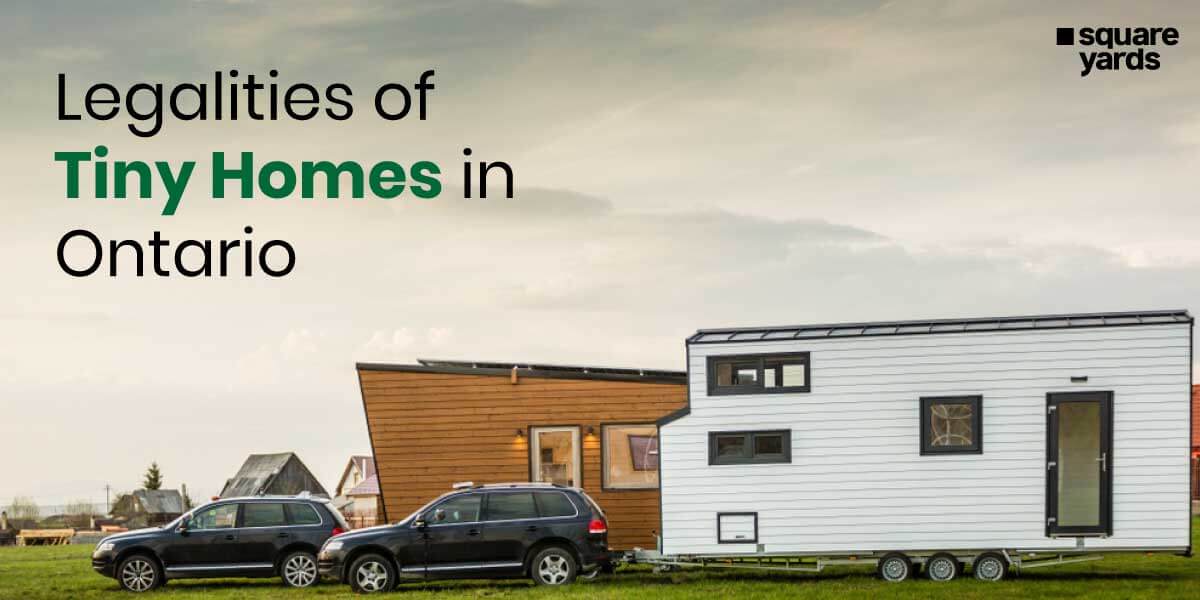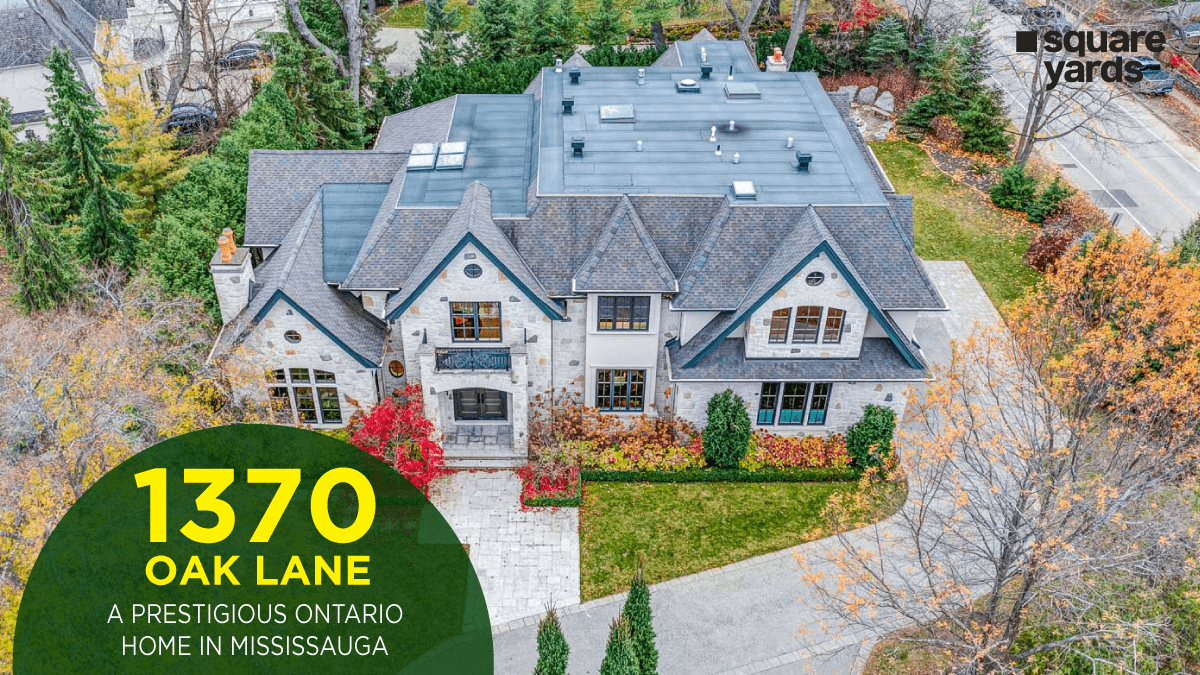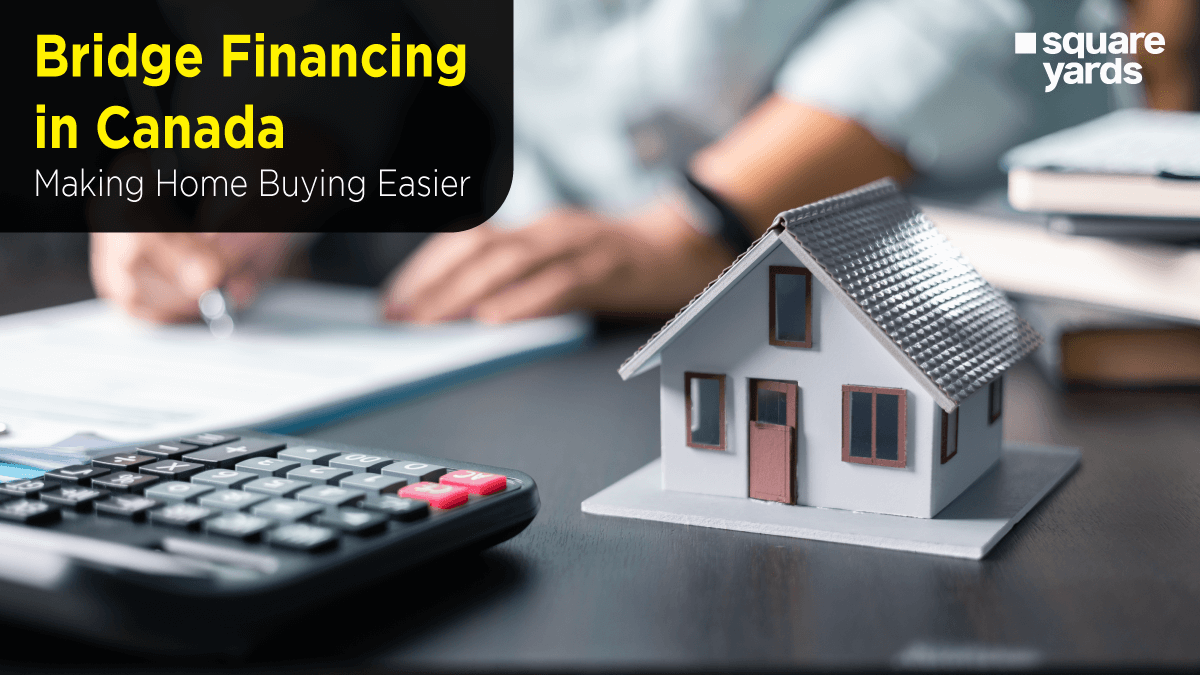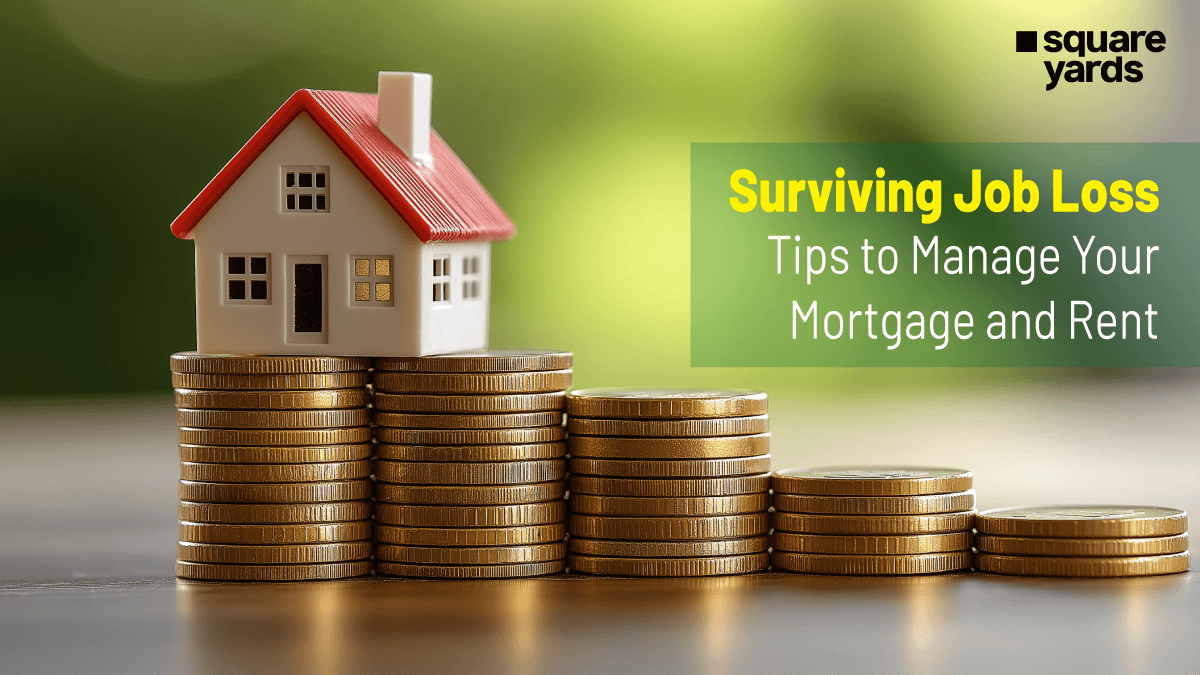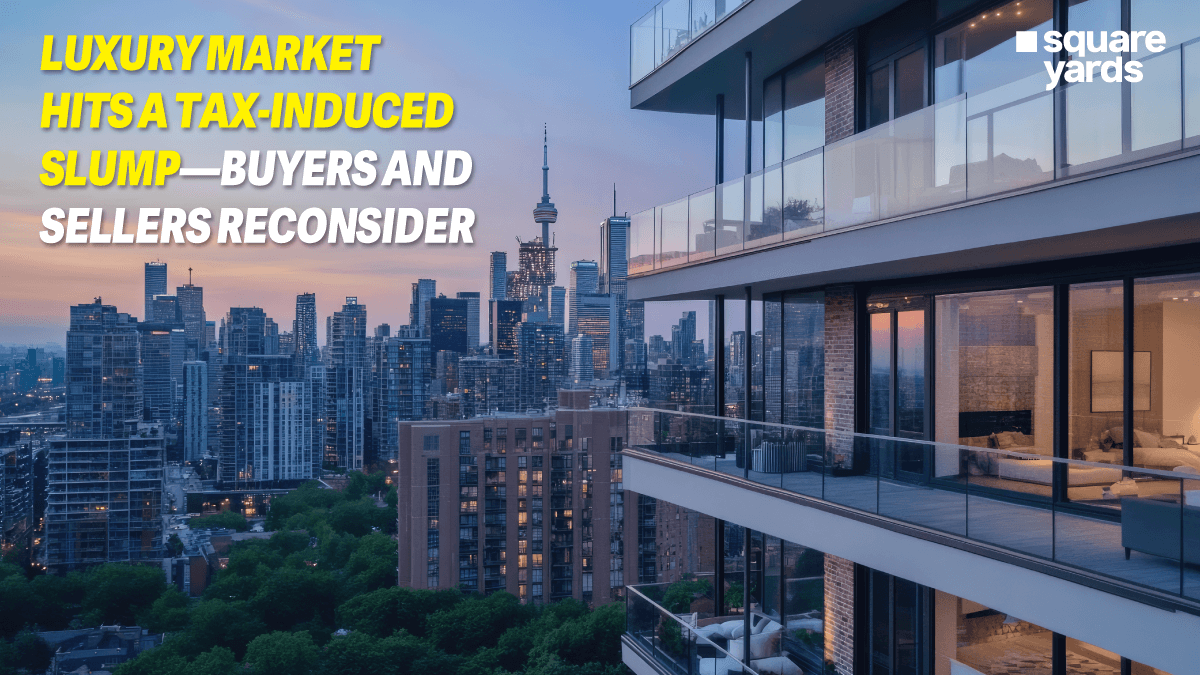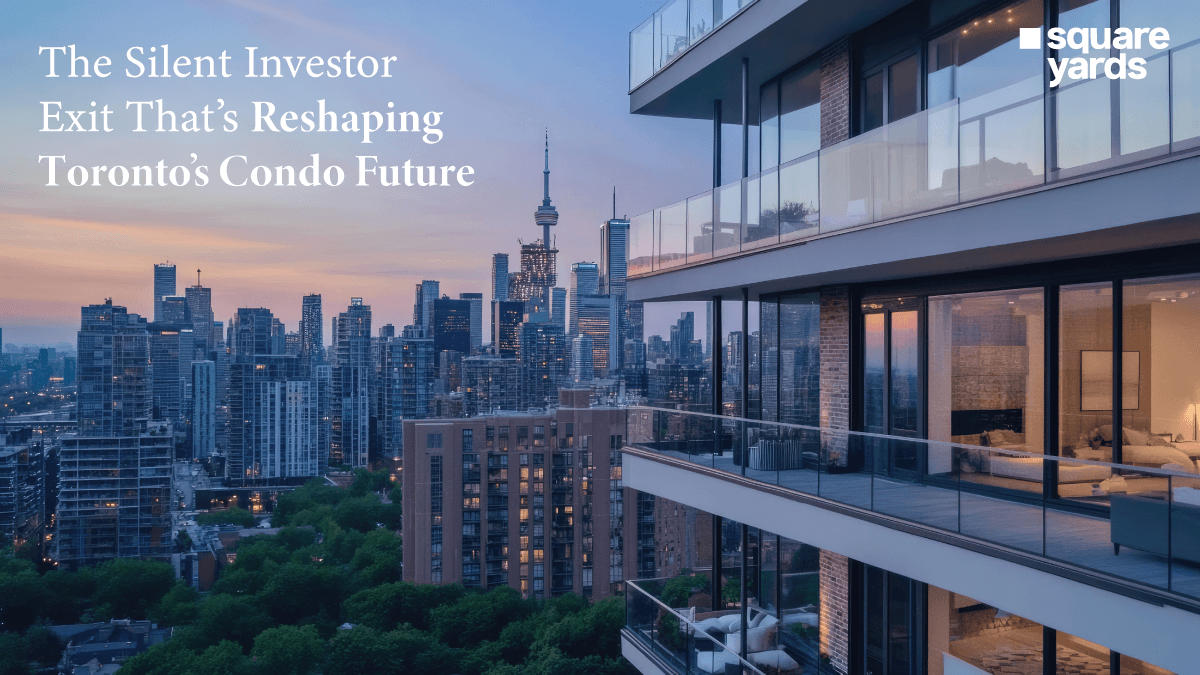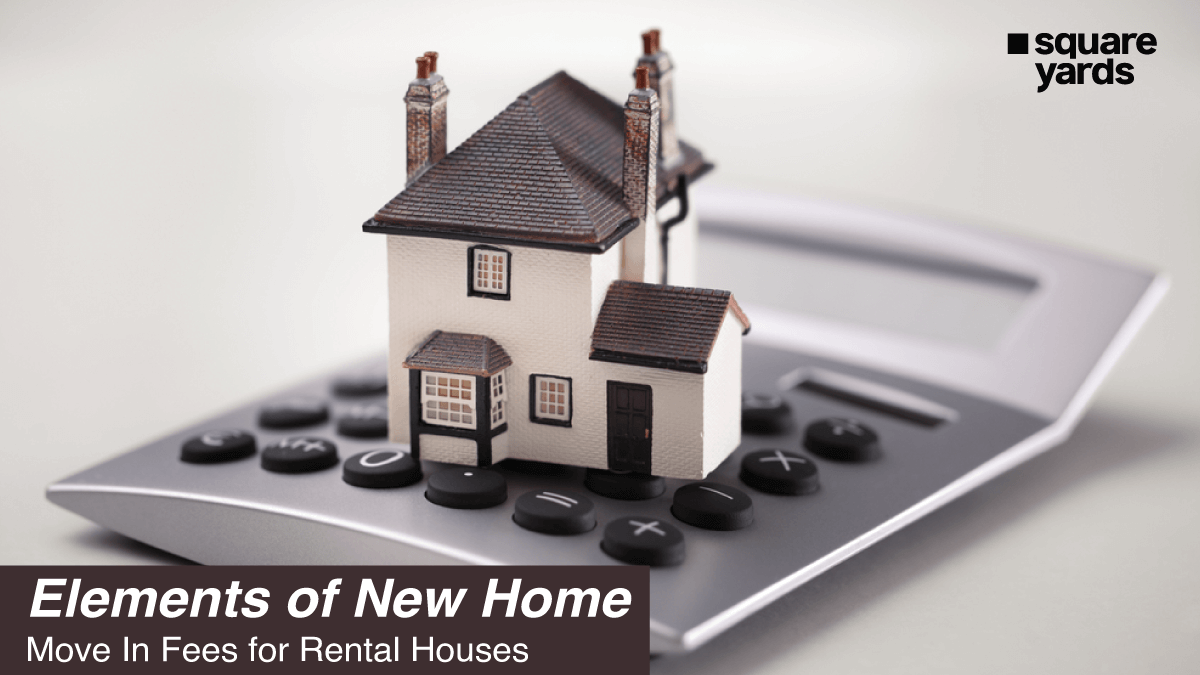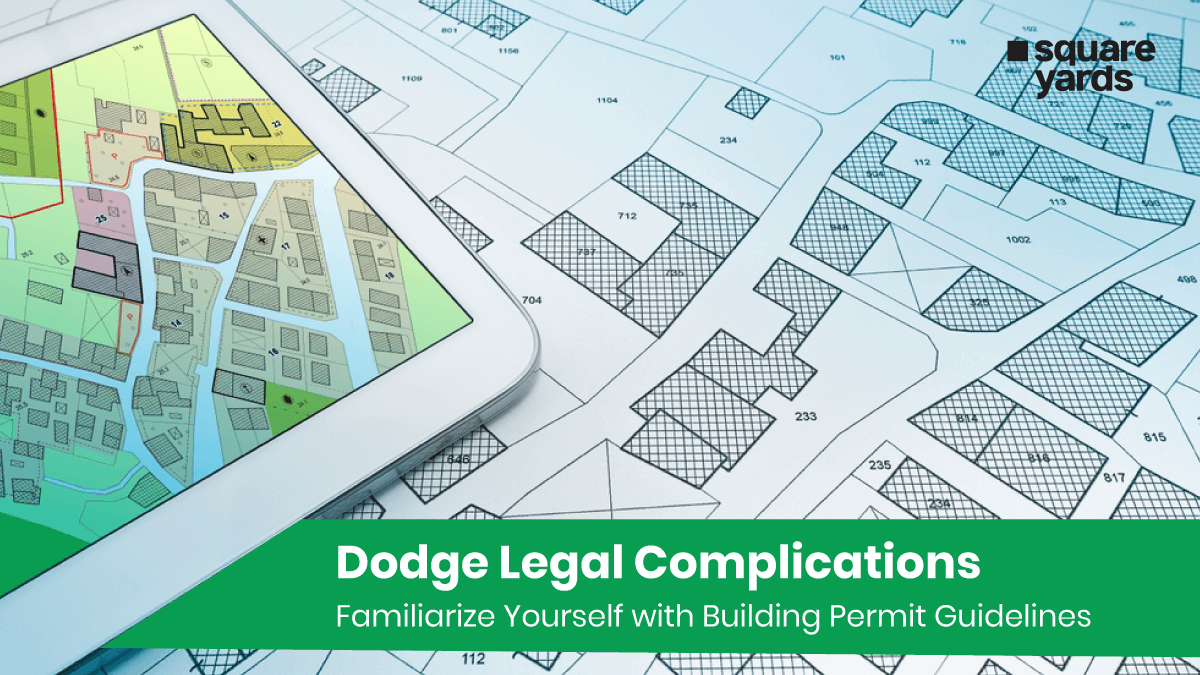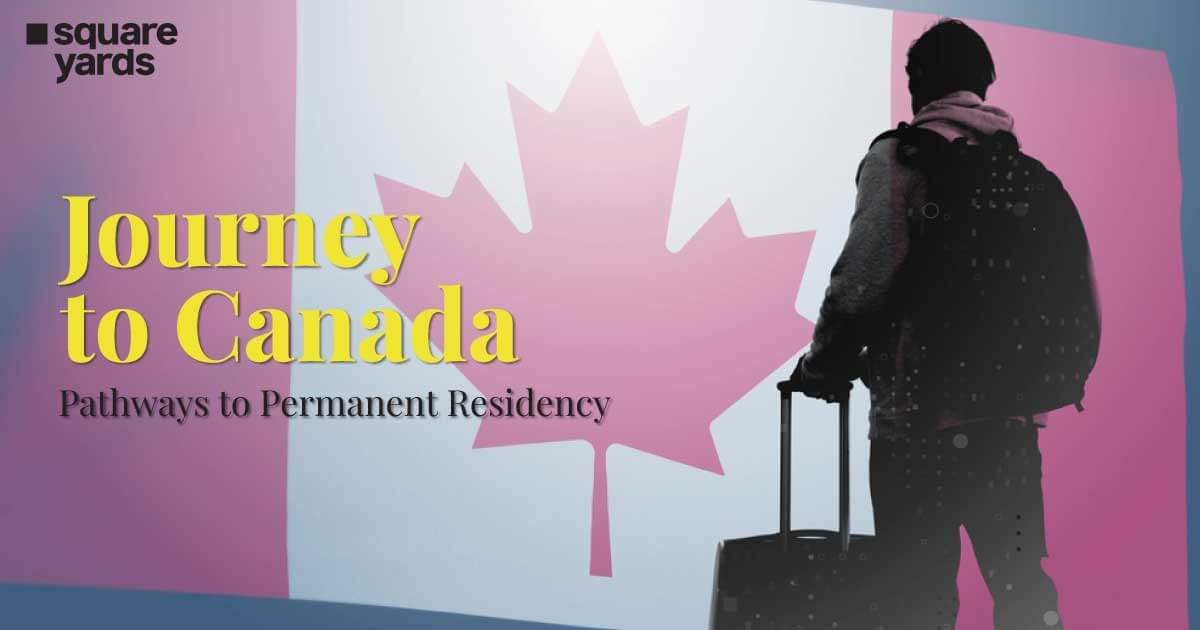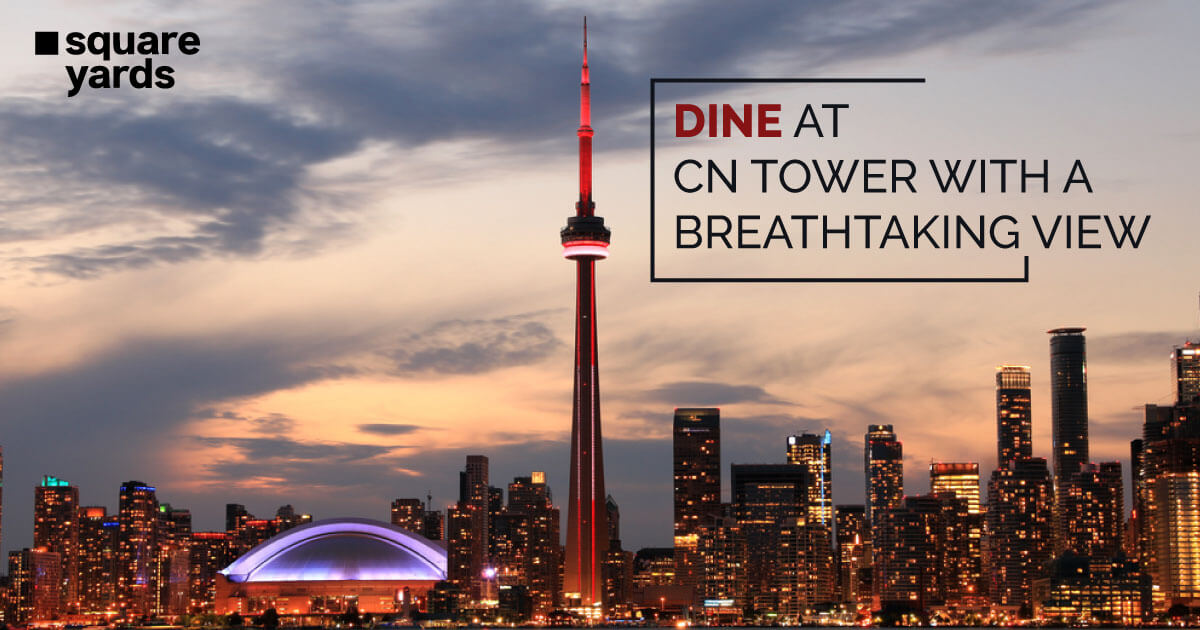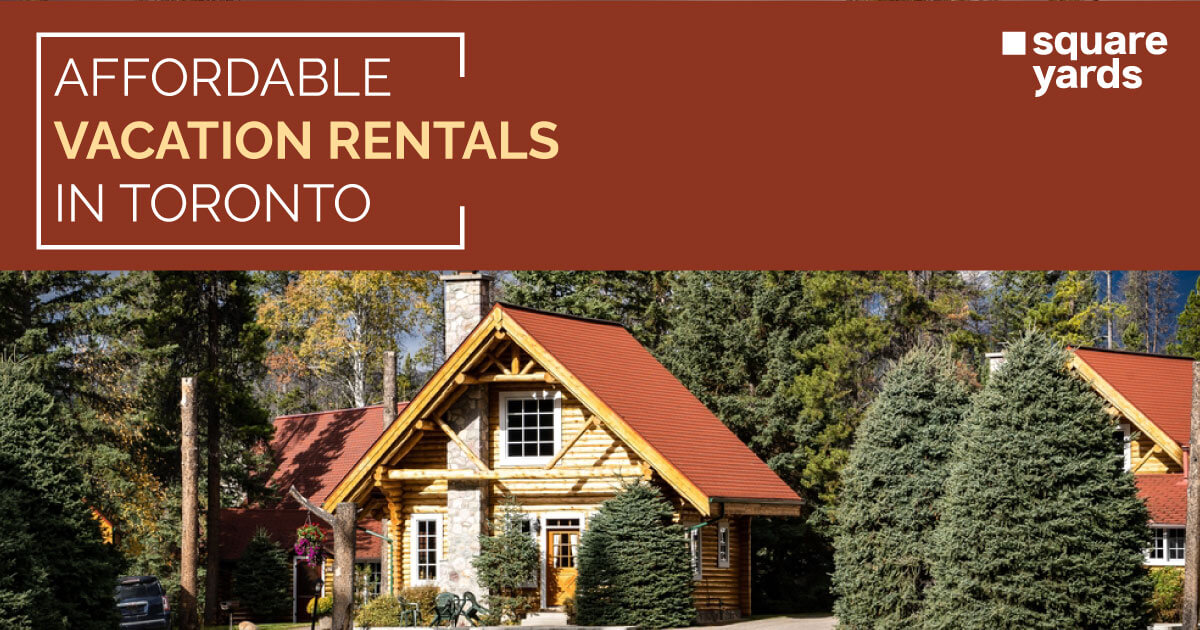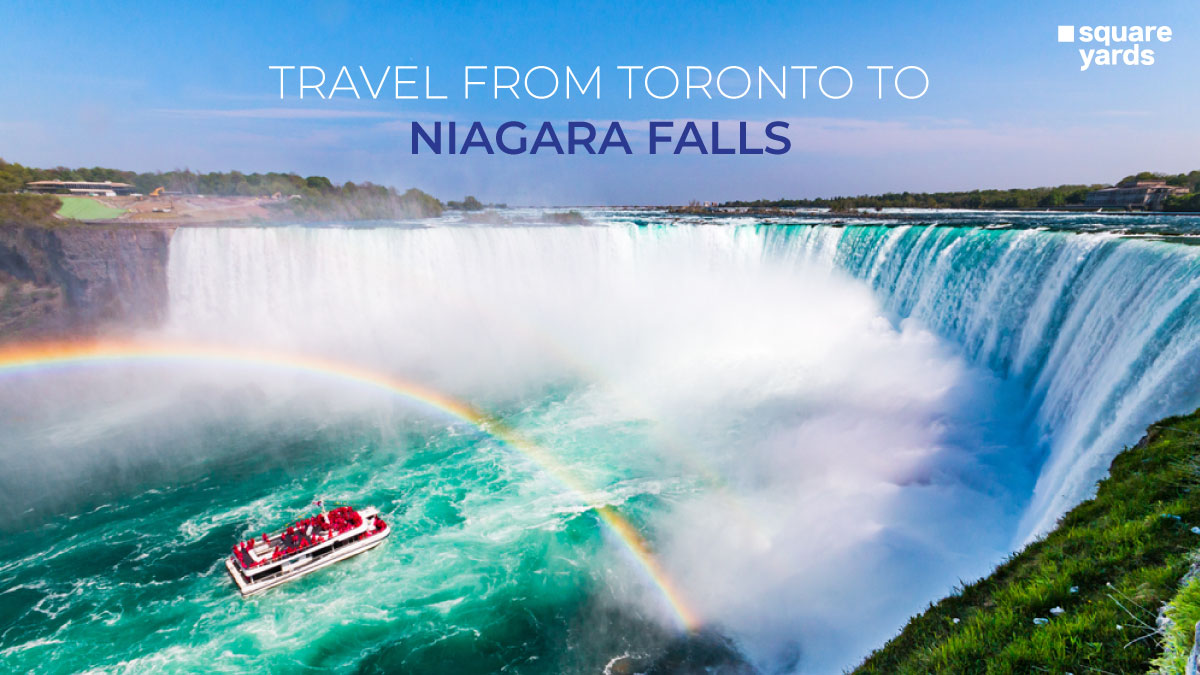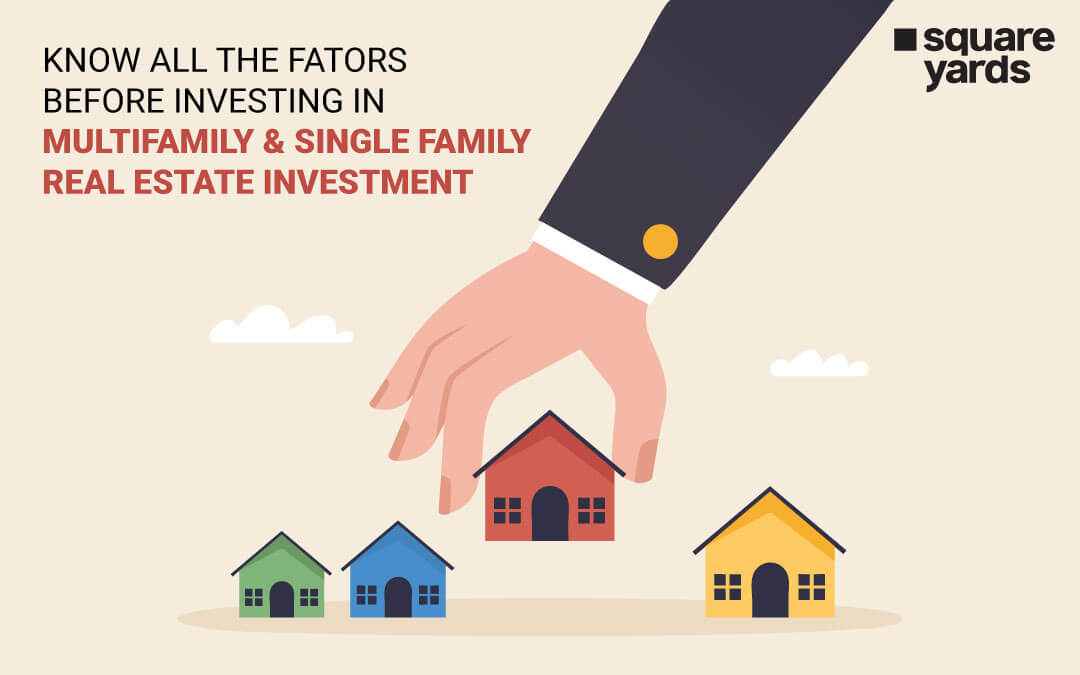Tiny homes on wheels are a dream for most who love to travel and prefer to stay on the go rather than stay in one place. Tiny houses in Ontario are common yet undergo several judgements and legalities. A rumour is floating around that tiny houses are not allowed in Ontario. But that is untrue! Let’s examine the specifics of why many Ontario individuals can obtain them! First, a little background on tiny homes in Ontario. Depending on who you ask, a tiny home can mean different things. Nonetheless, most people concur that it’s a house no larger than 450 square feet. A tiny house doesn’t need to be mobile. It may even have a basement and be on a foundation.
What are the Types of Tiny Homes Legal in Ontario?
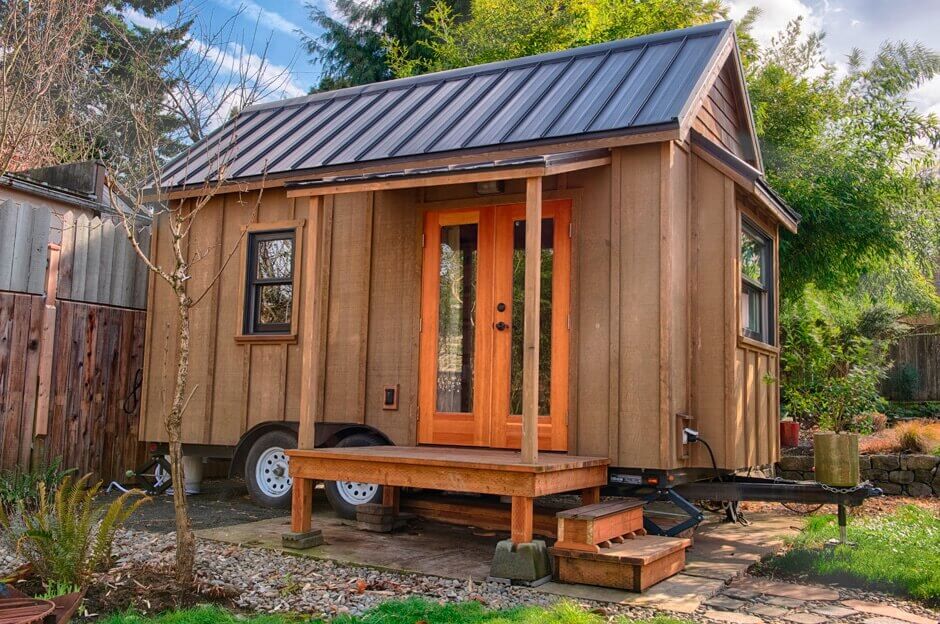
There are some specific tiny legal homes in Ontario. Given below are some of the types of tiny houses you can find in the city which are legal:
-
- Homes with an area of more than 188 square feet.
- A space for living and sleeping, a bathroom with a bathtub or shower, and a kitchen with running water.
- The house should be built according to the Ontario Building Code, which implies no sleeping lofts shorter than 6’10”, no staircase-only ladders for second-story access, fire safety, insulation, etc.
- The local government issues building permission. The municipality will examine the house’s designs to ensure that they adhere to the Ontario Building Code and that the structure complies with all applicable municipal bylaws.
The good news is that most Ontario towns do not have minimum footprint requirements, so you could build a tiny house on a lot if desired. Your municipality is probably in the process of updating its minimum footprint, even if it already has one. The Ontario government also urges citizens to construct supplementary dwelling units on their lots to improve housing availability and density. It implies you can still obtain a permit to build a tiny house there if another is on the property.
Get a Tiny House Built by a Designated Builder in Ontario
The history of Ontario has always included tiny homes. Therefore, that doesn’t add anything new or revolutionary. Modern small homes, however, add a few elements that set them apart from conventional residences in a way that unnerves regulators and local governments.
Primarily, tiny houses are portable due to their small size. Municipalities have all their procedures set up for the possibility that a home is constructed on-site; they are not accustomed to that. After all, that is the way houses have always been constructed. Every municipality issues building permits to individuals wishing to construct a specific type of home on a particular plot of land and periodically sends an inspector to ensure everything is built safely. If you intend to construct a little house on-site, everything will work well if you follow the standard procedure. It is entirely lawful. Your municipal inspector isn’t here to assess your small house if you want to hire a tiny home builder company to build it elsewhere. There are multiple strategies to overcome this:
-
CSA Certified Builders (Producing factory–built homes)
Instead of inspecting the individual home, some Ontario builders have gone through the process of inspecting and certifying their entire production. That means every home out of their facility is now pre-inspected and pre-certified. You don’t need to get additional inspections for these homes from your municipality. They can just be delivered and set up.
There are two such certifications which enable builders to produce factory-built homes:
-
- CSA-Z240.2.1-09 – Structural Requirements for Manufactured Homes
- CSA A277-08 – Procedure for Factory Certification of Buildings
-
Builders Providing Partially Build Homes
Your municipality will want to inspect the home before completion if the builder does not hold a universal certification like the one mentioned above. Some builders are ready to deliver a framed home with all of the plumbing and wiring visible so that it can be examined, saving difficulties. The house can then be completed on location. For tiny homes on foundations, when the foundation is prepared on-site, and the house is placed on top of it using a crane or another method, all of the possibilities above are applicable.
Complications in Finding A Spot for Tiny Homes On Wheels in Ontario

There are additional challenges if you want to possess a mobile tiny house that you can move around. Everything above is relevant, but your municipality is suspicious because of the wheels. To be clear, just as small homes on foundations, tiny homes on wheels are recognised as dwellings by the Ontario Tiny Home Guide. However, municipalities have the authority to outlaw or restrict their use. There is some history there—trailers and recreational vehicles have historically been the only mobile houses available in Ontario. The construction of these buildings falls short of that of a four-season residence. Additionally, we think they look sort of bad—please don’t take it personally—but they do. Municipalities have already been urged to include these homes in their city planning. At the time, the solution was to place them in campgrounds and mobile home parks, specifically zoned places.
Nonetheless, most Ontario communities still view mobile homes as comparable to trailers, belonging in a park or campground. Naturally, this is unfair, and the province is gradually realising this. However, at the moment, having a little house on wheels severely restricts your parking possibilities. You can’t construct the house on land not designated for its planned purpose. You won’t be able to obtain a building permit—even if you own the land—to move in a tiny house on wheels unless your local municipality permits it.
Where in Ontario are Folks Placing Their Tiny Homes?
Let’s review the locations in Ontario where tiny homes are allowed—and those that are just a little illegal.
-
- An Empty Lot Owned by You: If you can meet all the conditions for a building permit, you can construct a tiny house as your primary residence on your property. That entails abiding by local bylaws and the Ontario Building Code, as we previously said. This house most likely won’t have any wheels. However, some localities permit you to live in a tiny house on wheels.
- A Backyard Owned by You: A tiny house can be constructed as a supplementary residence in most backyards in Ontario. Once more, you must adhere to the construction code and bylaws and obtain a permit. The government has requested all municipalities in Ontario to incorporate a provision for secondary dwelling units in their plans. It is a fantastic option to house parents who are becoming older, extended relatives, or students. Additionally, it can be rented out.
- A Disorganized Area: In Ontario, some townships are not incorporated. This is referred to as an unorganised municipality, which implies that you are only subject to high-level federal or provincial regulations for environmental protection and that there is no local authority to issue building permits. This is an excellent place to start when establishing an off-grid tiny home community.
- A Community: Tiny house communities are proliferating across the nation! They are usually grouped around a common area, like a garden, laundry room, gathering area, or storage area. Living among like-minded folks is a wonderful experience.
- A Mobile Park: Examine these possibilities for your mobile home before discounting them. You may be shocked at how effective this can be. Like in a tiny house community, you can rent land in these communities. The only distinction is that not every person living there will own a little house. They usually offer services and it’s completely legal.
- Rent out a Backyard: It is theoretically illegal to put your tiny house in this backyard without a building permit, and if someone complains, the property owner may be penalised. Then, you’ll have to relocate. Sometimes, though, this works just fine since nobody objects.
- Construction Site Where You are Building Your Larger Home: While building your larger home, you can live in a tiny house on your property for up to two years. This is not a big deal.
- A Land for a Cottage: Sometimes, some ordinances permit people to park trailers and RVs on their land in municipalities with a high concentration of cottages. If you intend to use your tiny house on wheels as a seasonal residence, you can park it on land like this. Regarding summer homes, practically everything is eased, even the building regulations.
Conclusion
It is advisable to consult with a professional, such as a builder or architect, before building a tiny home in Ontario. A professional can help ensure that your tiny home meets all legal requirements and is safe and habitable. Consider consulting with a lawyer to discuss your legal options for living in a tiny home in Ontario.
You May Also Read :
|
Find Tiny Home Builders |
|
|
Buying Historic Homes |
|
|
Know The Asbestos in Homes |
|
|
All About Mobile Homes in Canada |
Frequently Asked Questions (FAQs)
Why are tiny houses illegal in Ontario?
One should build a little house according to the Ontario Building Code. The town must provide a building permit for the little house. This indicates that the tiny house follows all bylaws. Sadly, this means the tiny house cannot have wheels in many localities.)
What is the smallest legal house size in Ontario?
A tiny house must always be larger than the 17.5 m2 (188 ft2) minimum size specified by Ontario's Building Code.
Can I have a second tiny house in Ontario?
Yes, one can have a second tiny house in Ontario.
Which is the safest park space for a tiny house?
Campgrounds, rented-out backyards, and empty land you own are some of the safest spaces for tiny houses.
What is the average cost of a tiny house in Ontario?
The average cost of a tiny house in Ontario varies depending on numerous factors, such as the design, model, and brand. However, the average price of a tiny home is about $45,000.

